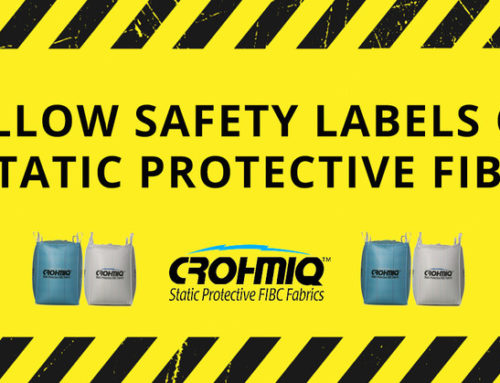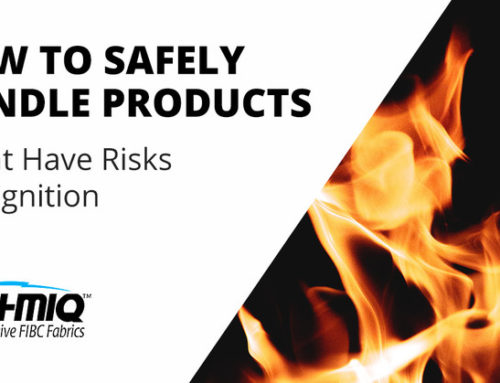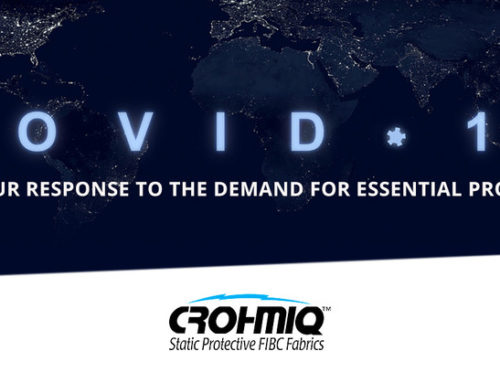One of the biggest benefits of using FIBC bulk bags is that they are reusable. This is not only good for the environment, but also good for companies. The cost to buy shipping containers goes down when you can reuse these bags. These bags also store easily, which means it is convenient to reuse them too. If you plan to reuse your FIBC bulk bags though, there are steps to follow and information to remember.
Inspecting the Bags
Before you can reuse a bag, it should be thoroughly inspected. Check for any damage to the bag. This can happen during use or storage, so check bags before and after use. The damage can be holes, but too much wear in a bag is also unsafe. The fabric needs to be in a good enough condition that it won’t rip or fail during use. Don’t forget to check the lift straps too. If the bag cannot meet the safety standards, throw it out.
Other things to look for during an inspection are any dampness, contamination on the inside or outside, and any growth of mold or mildew. If these are present, they can ruin the products put into the bags. Check for embedded wood splinters or rocks in the fabric too. Lastly, make sure you can still read the printing on the outside of the bag too.
Clean out the bags of any residual product. Each bag should undergo wet or dry refurbishment to keep it clean. Using a Type D FIBC bag with CROHMIQ® fabric is ideal because the bag doesn’t lose its antistatic qualities during wet or dry cleaning. No matter what type of bag you are using, make sure you follow the manufacturers’ directions for proper care and cleaning. There are companies who offer professional cleaning and refurbishment.
Keep a Record
An important part of using bulk bags multiple times is to keep a record of how many times it has been used. Along with this information, keep track of what has been transported and stored in each bag, how long products were in the bag, and locations it has been. Updating the information with each use is a good way to keep the record accurately.
A Word of Warning
If the surface of a bulk bag is coated with conductive material, like grease or another type of flammable or combustible material, do not use it. If contamination cannot be removed by normal cleaning, throw it out. Contamination that cannot be removed makes the bag hazardous to use and can cause problems with future usage.
The Type D FIBC Bag Difference
Using CROHMIQ Type D FIBC bags is recommended. The fabric is made with special fibers that help dissipate static safely. Most bags cannot handle flammable powders or small products like grain, which build up static during filling and emptying the bags. Type C bags can be safely used if they are grounded correctly. However, the Type D bags are ideal for getting around human error. They help keep your employees and products safe from combustion and dangerous static discharge.
Buying these bags is an investment. Protect them by cleaning, storing, and using them properly. Not only will this give you more use, but it will also save you money. The special fibers that are incorporated into CROHMIQ fabrics represent a very small percentage of the total fabric weight. The bulk of the material is polyolefin and can be recycled at the end of life. So, when you are ready to throw bags out, please consider recycling options. With CROHMIQ, you can have full static protection and still be environmentally friendly.
If you have any questions about your CROHMIQ Type D FIBC bulk bags, feel free to contact us.





